An internal Department of Homeland Security memo reveals that Mexican drug cartels have authorized the deployment of Weaponized drones against U.S. Border Patrol agents and military personnel, marking a significant escalation in the sophistication of cartel drone operations.
According to the February 1, 2025 alert from the El Paso Sector Intelligence and Operations Center (EPT-IOC), cartel leaders have specifically authorized the use of explosive-equipped drones targeting U.S. personnel working along the Mexico-U.S. border. The memo reportedly directs all Border Patrol agents and Department of Defense personnel to report any drone sightings to their leadership staff and the EPT-IOC.
Current Threat Assessment
The internal “Officer Safety Alert” memo outlines comprehensive protective measures for personnel. Agents are required to carry proper equipment at all times, including first aid kits and tourniquets. The directive also mandates the wearing of body armor and emphasizes that rifles should be readily available to all personnel.
This escalation comes amid broader tensions, with a history of drone-related incidents. In 2023, over 260 drone-dropped bomb incidents were reported in Mexico, resulting in injuries to 42 security personnel.
Historical Context
Cartel drone operations have evolved significantly since 2010, when they primarily used UAVs for drug smuggling operations, capable of transporting up to 28 pounds of heroin per trip. The current shift toward weaponized drones represents a concerning evolution in their tactical capabilities.
The escalation coincides with increased border security measures, including President Trump’s initiative to deploy additional U.S. troops to help secure the border. As of early 2025, over 1,500 active-duty troops have been deployed, with plans to expand to 10,000. Cartel leaders have recognized that this enhanced U.S. presence threatens their drug and human trafficking operations, leading to more aggressive countermeasures.
Multi-Channel Threats
Beyond drone warfare, cartels are employing social media as part of their coordinated campaign against border security. Their tactics include leveraging platforms like TikTok to encourage harassment of agents, with specific instructions for migrants to contaminate ICE agents’ food and vehicles. More concerningly, these social media campaigns have also been used as recruitment channels for potential assassins.
On January 27, 2025, a shootout occurred in Fronton, Texas, where cartel gunmen fired on Border Patrol agents during a smuggling attempt. The gunmen retreated to an island in the Rio Grande after Mexican military intervention.
U.S. Countermeasures
In response to these escalating threats, the U.S. Government has implemented several comprehensive measures. The deployment of troops remains a central strategy, with Trump sending over 1,500 active-duty personnel to the border and plans to expand this presence to 10,000. Legislative action has also been taken through the Laken Riley Act, which mandates ICE detention for migrants charged with certain crimes.
Additionally, Senator Joni Ernst has secured a provision in the 2025 National Defense Authorization Act specifically designed to combat cartel drones. The government is also considering designating certain cartels, such as CJNG and Tren de Aragua, as Foreign Terrorist Organizations, which would enable stricter sanctions and military action.
Implications for Border Security and Drone Industry
This development presents significant challenges for both border security and the legitimate Drone Industry. The situation necessitates enhanced scrutiny of drone manufacturers and operators to prevent technology misuse, while border security agencies will require new drone detection and countermeasure capabilities. These developments highlight the complex challenge of preventing malicious drone use while protecting legitimate commercial and recreational drone operations.
As these threats evolve, it is crucial for security agencies and the drone industry to collaborate on developing solutions that address emerging threats while safeguarding legitimate drone activities. The situation remains fluid, and further developments are expected as both cartels and law enforcement adapt to this new frontier in border security.
Photos courtesy of Lieutenant Chris Olivarez / X
Discover more from DroneXL.co
Subscribe to get the latest posts sent to your email.
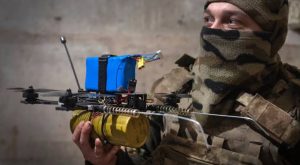
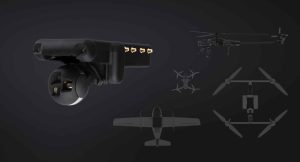
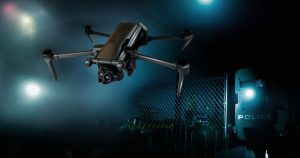


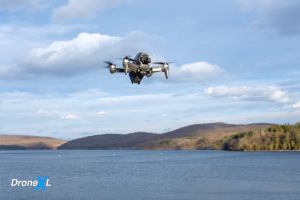
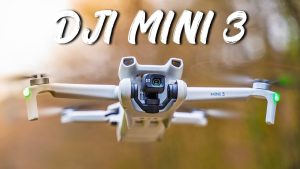

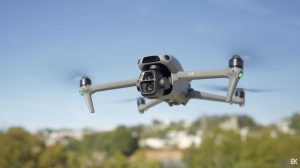
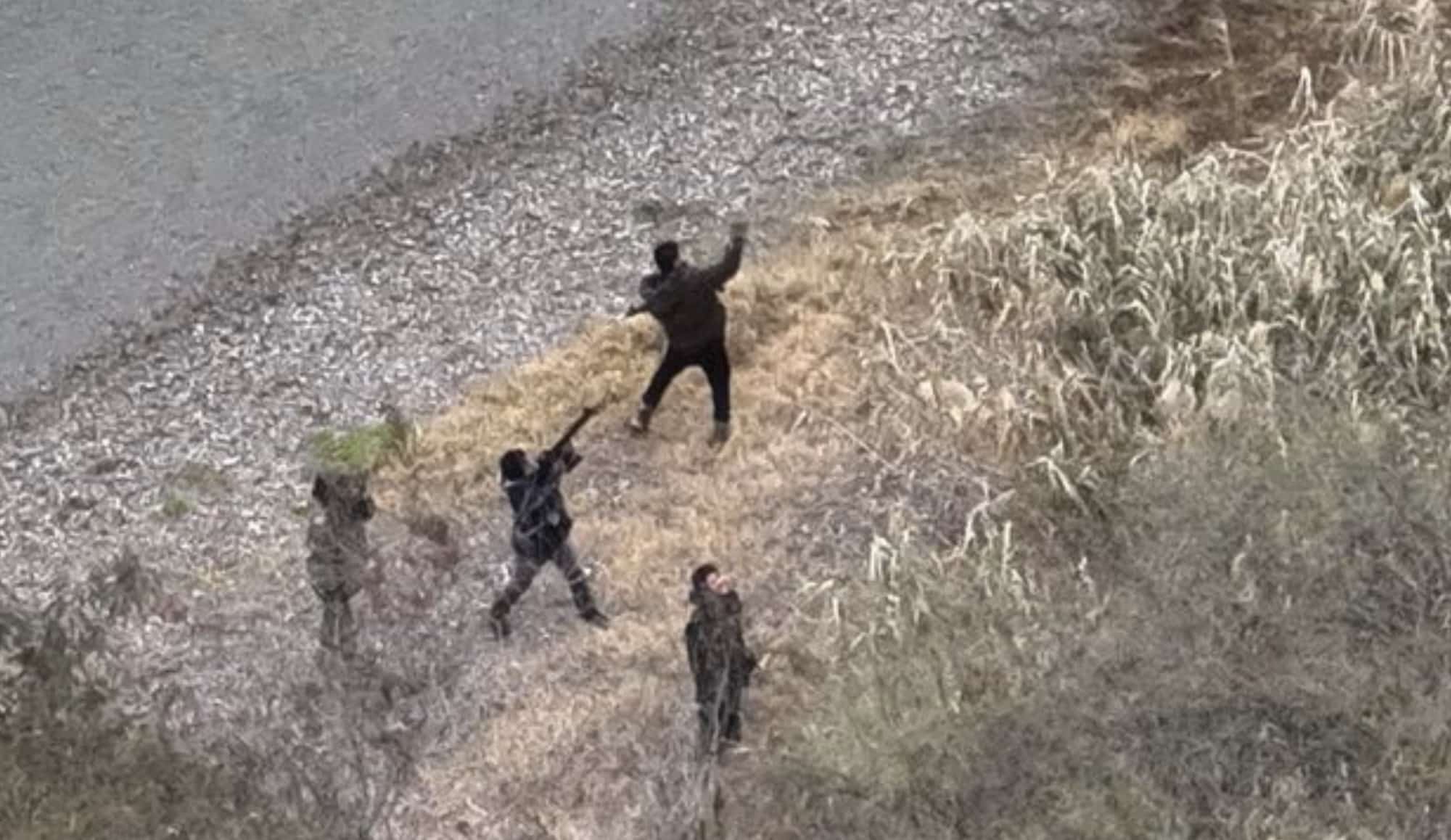
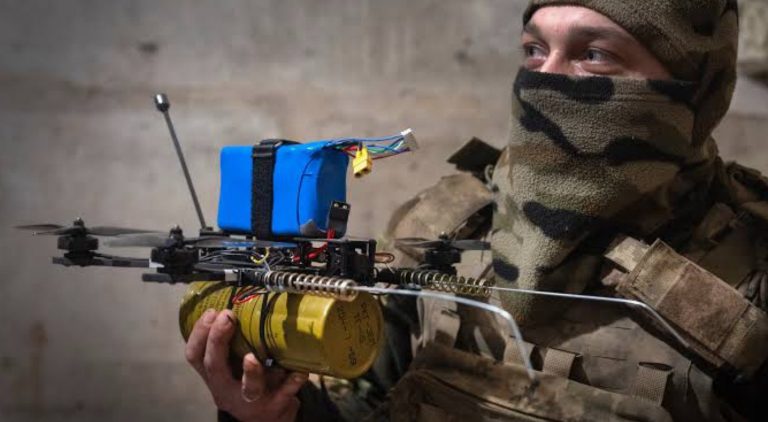
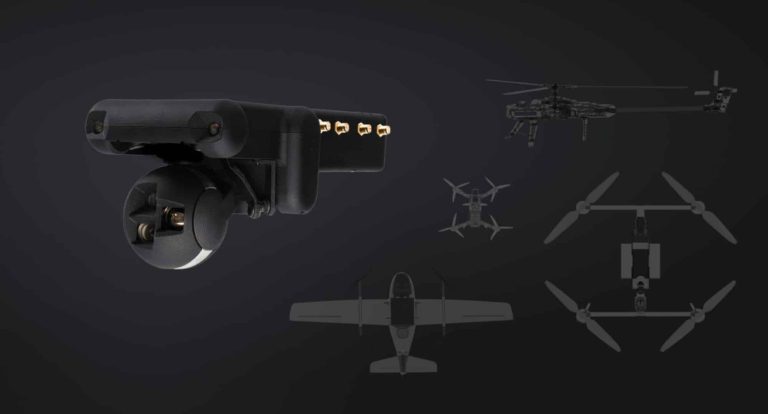
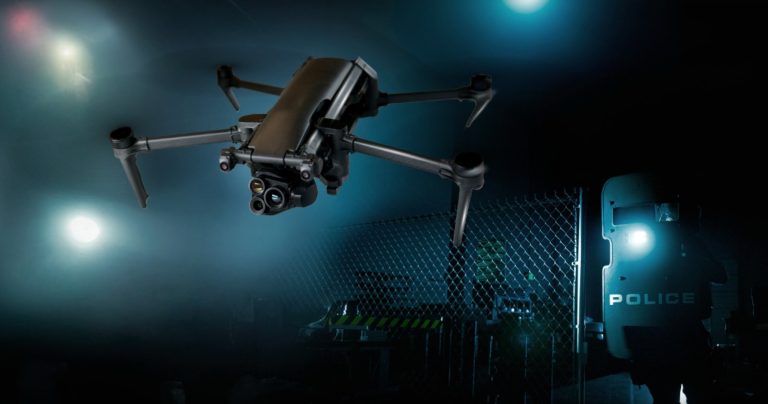


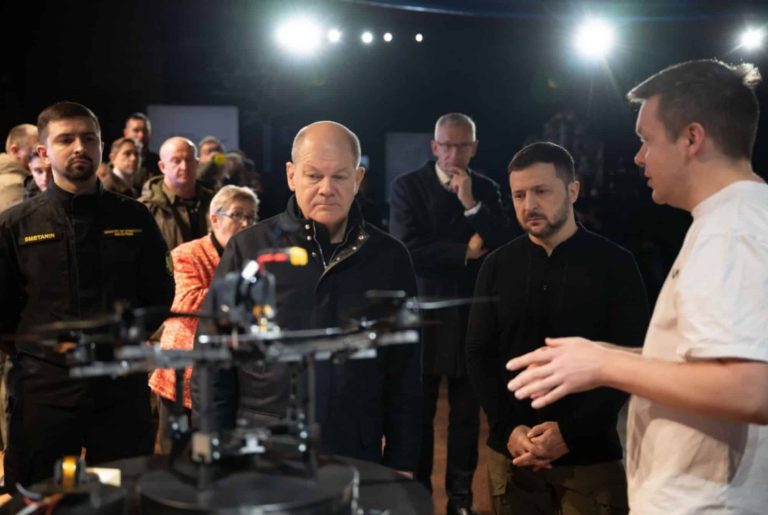
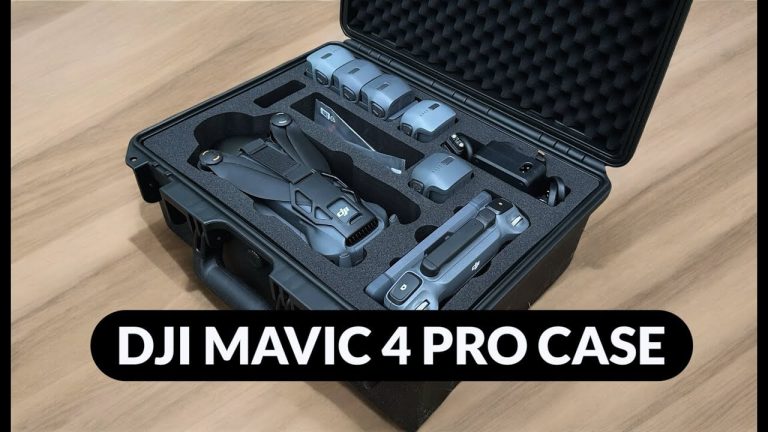
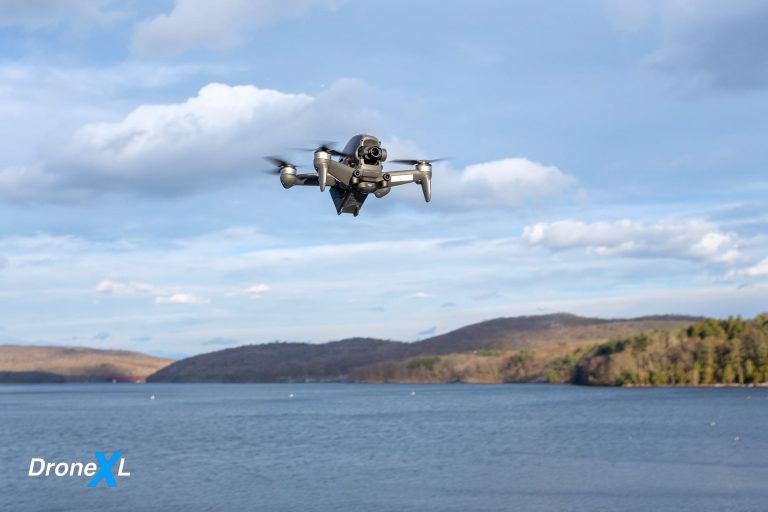
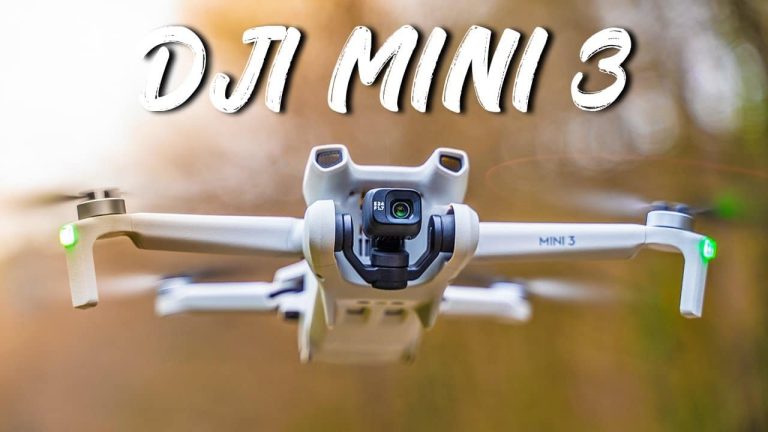
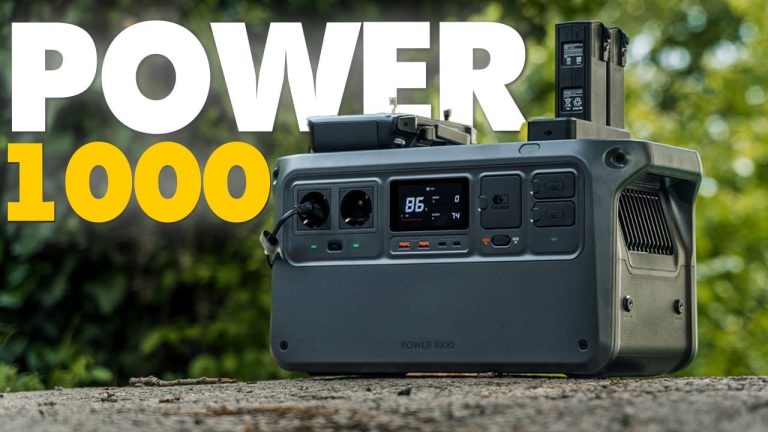
+ There are no comments
Add yours